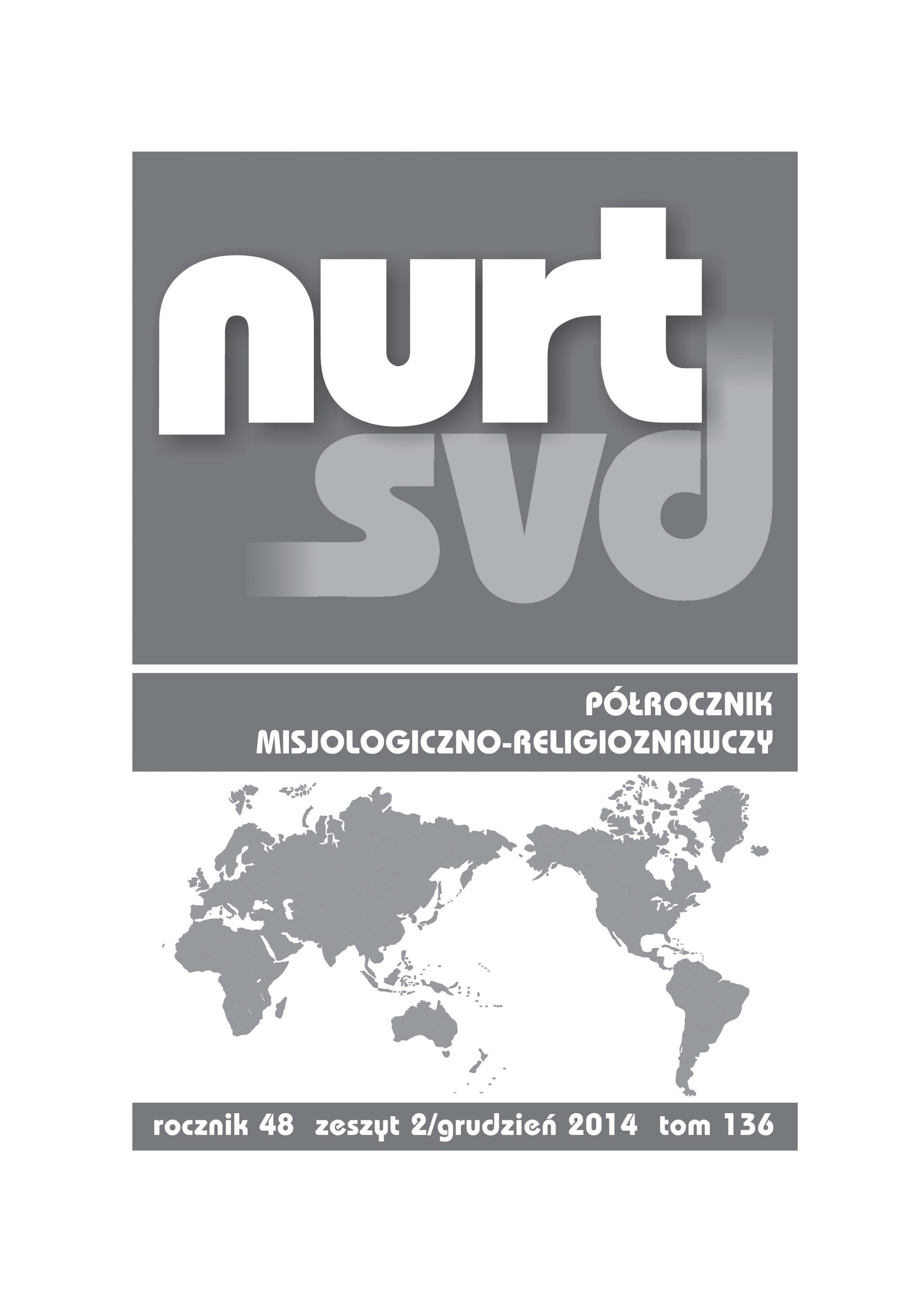Nembutsu w interpretacji Daisetza Teitaro Suzukiego (1870-1966)
Nembutsu in the Interpretation by Daisetz Teitaro Suzuki (1870-1966)
Author(s): Mariusz RuckiSubject(s): Theology and Religion
Published by: Verbinum
Keywords: Daisetz Teitaro Suzuki; Buddhism; Shin; nembutsu; Zen religious experience
Summary/Abstract: Daisetz Teitaro Suzuki (1870-1966), mostly known for his publications on Zen, studied also Japanese Shinshū (jap. shin-shū) Buddhism. Among the many topics in the area of Shinshū – his interpretation of nembutsu, or the pious call of Amida Buddha, seems particularly interesting.Suzuki’s original contribution to the dialogue between Zen and Shinshū was situating his contemplation in a strictly defined philosophical and religious perspective. Recognising the fact that originally (supra-culturally) there is only one religious experience and that the psychological process of accumulation of saturation and explosions (in the mainstream of Zen unmistakably evident in the Gong’an practice) is a perfect description of this experience – Suzuki sought to show that this particular process is developed in nembutsu. The present author focused on only one type of nembutsu practice – the so-called vocal nembutsu. This type of nembutsu allowed Suzuki to present the recitation in the form of implementing subsequent psychological phases: 1) directing the mind to new tracks, 2) investigations, 3) identification, and 4) self-realisation.In his interpretation of the nembutsu, Suzuki ignored the believed-in world of Shinshū Buddhism. This cutting-off from the cultural expression and remaining only at the level of universal, content-less psychology, seems to be the main drawback of his analysis. The limitation of reflection to the vocal nembutsu only – was also biased.
Journal: Nurt SVD
- Issue Year: 136/2014
- Issue No: 2
- Page Range: 20-33
- Page Count: 14
- Language: Polish

